Eating Junk Food Raises Cancer Risk, Even for Slim Women
Whether you are slim or obese, one thing is clear: calorie-dense processed foods increase cancer risk, regardless of body weight.
Researchers studied data from 92,000 postmenopausal women who took part in the Women’s Health Initiative, a 15-year study of health in postmenopausal women. They focused on the energy density of the women’s diets – “high energy” diets are synonymous with “high calorie” diets – and noted the number of calories per gram of the total diet.
 The researchers made an unexpected finding: Women in the top fifth of energy density were 10 percent more likely to be diagnosed with an obesity-related cancer compared to the bottom fifth, and this relationship was found in women who were at a normal weight at baseline.2 These cancers include colorectal, pancreatic, endometrial, ovarian, liver, kidney, gallbladder, and postmenopausal breast cancers.1 This increase in risk was associated with the calorie density of the women’s diets.2
The researchers made an unexpected finding: Women in the top fifth of energy density were 10 percent more likely to be diagnosed with an obesity-related cancer compared to the bottom fifth, and this relationship was found in women who were at a normal weight at baseline.2 These cancers include colorectal, pancreatic, endometrial, ovarian, liver, kidney, gallbladder, and postmenopausal breast cancers.1 This increase in risk was associated with the calorie density of the women’s diets.2
The results suggested: If you choose low-nutrient, energy-dense foods, it will affect your health even if it doesn’t affect your waistline. Just because you’re slim doesn’t mean junk food isn’t damaging your health.
Energy density vs. nutrient density
Dietary energy density in this study was defined as the number of calories per gram in a food of the entire diet. For the most part, typical high energy-dense foods, such as baked goods, French fries, burgers, pizza and desserts, are low in nutrient density (micronutrients per gram). High nutrient-dense foods, such as vegetables, fruits, and legumes, tend to be low in energy density.
Following a diet that is high in nutrient density and low in energy density is essential for good health. This is the origin of my health equation H = N/C (Health = Nutrients per Calorie). A high ratio of micronutrients to calories is the basis of a healthful diet.
How energy density might promote cancer
Obesity contributes to cancer in a variety of ways: for example, excess fat tissue causes a state of low-grade inflammation, promotes insulin resistance, and produces estrogen.1,3-5 6 However, calorie-rich junk food has effects – other than weight gain – that could contribute to cancer development:
- Elevated insulin and IGF-1 levels: From high-glycemic processed foods and high animal protein foods, respectively. Excess of these pro-growth hormones is linked to an increased risk of several cancers.4
- Oxidative stress and inflammation.7
- Nutrient inadequacies:8 Many Americans do not meet recommended intakes of magnesium, calcium, vitamin C, vitamin E, and vitamin K.9
- Lack of protective phytochemicals from natural plant foods (such as glucosinolates from cruciferous vegetables and lignans from flax and chia seeds).10,11
- Excess folic acid from fortified refined foods: Anyone in the U.S. who eats a typical diet (especially those who also take a conventional multivitamin) is exposed to excessive amounts of folic acid due to mandatory fortification of refined grain products. Although rates of neural tube defects have gone down, there are serious concerns about the potential cancer-promoting effects of exposing the whole population to synthetic folic acid daily in the food supply. 12-15 (Read more: Folate Position Paper)
When you eat a diet with more micronutrients and fewer calories, you age more slowly, and also improve immune system protection against cancer. When you eat excess calories, especially excess calories that do not contain a significant micronutrient load, you accelerate aging and increase your risk of cancer. You can exercise off those extra calories, but they will still negatively affect your health. It is not enough to be at a healthy weight – you must actually eat healthfully to age more slowly, prevent cancer, and live a long healthy life.
Originally printed on DrFuhrman.com. Reprinted with permission from Dr. Fuhrman.
Dr. Fuhrman is a board-certified family physician specializing in nutritional medicine. He is President of the Nutritional Research Foundation and the author of 6 NY Times bestselling books, including The End of Heart Disease. Visit him at DrFuhrman.com
References:
- National Cancer Institute: Obesity and Cancer. In 2017 [https://www.cancer.gov/about-cancer/causes-prevention/risk/obesity/obesity-fact-sheet]
- Thomson CA, Crane TE, Garcia DO, et al. Association between Dietary Energy Density and Obesity-Associated Cancer: Results from the Women’s Health Initiative. J Acad Nutr Diet 2017.
- Coelho M, Oliveira T, Fernandes R. Biochemistry of adipose tissue: an endocrine organ. Arch Med Sci 2013, 9:191-200.
- Cohen DH, LeRoith D. Obesity, type 2 diabetes, and cancer: the insulin and IGF connection. Endocr Relat Cancer 2012, 19:F27-45.
- Kolb R, Sutterwala FS, Zhang W. Obesity and cancer: inflammation bridges the two. Curr Opin Pharmacol 2016, 29:77-89.
- Cleary MP, Grossmann ME. Minireview: Obesity and breast cancer: the estrogen connection. Endocrinology 2009, 150:2537-2542.
- Saha SK, Lee SB, Won J, et al. Correlation between Oxidative Stress, Nutrition, and Cancer Initiation. Int J Mol Sci 2017, 18.
- Ames BN. Prevention of mutation, cancer, and other age-associated diseases by optimizing micronutrient intake. J Nucleic Acids 2010, 2010.
- Fulgoni VL, 3rd, Keast DR, Bailey RL, Dwyer J. Foods, fortificants, and supplements: Where do Americans get their nutrients? J Nutr 2011, 141:1847-1854.
- Stefanson AL, Bakovic M. Dietary regulation of Keap1/Nrf2/ARE pathway: focus on plant-derived compounds and trace minerals. Nutrients 2014, 6:3777-3801.
- Shukla S, Meeran SM, Katiyar SK. Epigenetic regulation by selected dietary phytochemicals in cancer chemoprevention. Cancer Lett 2014, 355:9-17.
- Smith AD, Kim YI, Refsum H. Is folic acid good for everyone? Am J Clin Nutr 2008, 87:517-533.
- Figueiredo JC, Grau MV, Haile RW, et al. Folic acid and risk of prostate cancer: results from a randomized clinical trial. J Natl Cancer Inst 2009, 101:432-435.
- Kim YI. Will mandatory folic acid fortification prevent or promote cancer? Am J Clin Nutr 2004, 80:1123-1128.
- Mason JB. Folate, cancer risk, and the Greek god, Proteus: a tale of two chameleons. Nutr Rev 2009, 67:206-212.
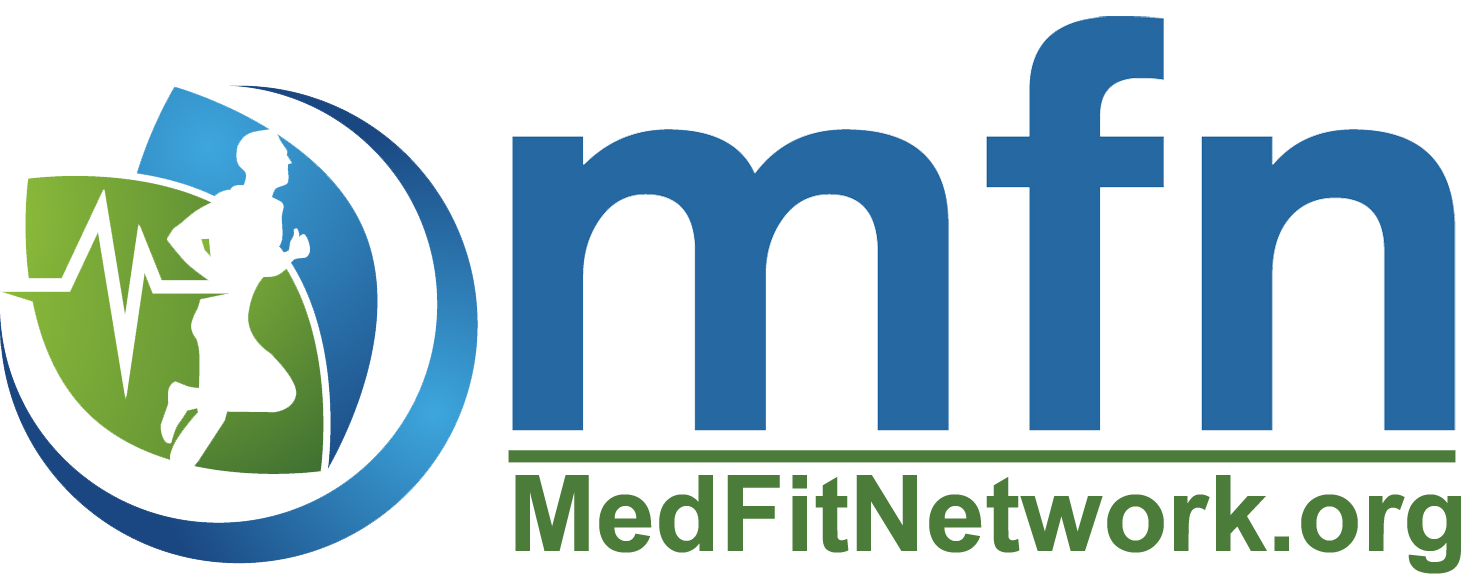

 Healthcare providers have been prescribing lifestyle improvement for thousands of years. The evidence has been built from the observations of Hippocrates all the way to the neuroscience of today. We know, from mountainous reams of data, that lifestyle affects the course of an illness or health challenge. The challenge for the healthcare provider of today is to see the “lifestyle prescription” translated into lasting lifestyle change. Many well-intentioned healthcare professionals have attempted to educate and admonish their patients into losing weight, ceasing the use of tobacco, managing their stress better, getting more sleep, being medically compliant/adherent, etc. Seeing actual success in behavioral change happening far too seldom, many have abandoned such efforts and just reach for the pharmaceutical prescription pad.
Healthcare providers have been prescribing lifestyle improvement for thousands of years. The evidence has been built from the observations of Hippocrates all the way to the neuroscience of today. We know, from mountainous reams of data, that lifestyle affects the course of an illness or health challenge. The challenge for the healthcare provider of today is to see the “lifestyle prescription” translated into lasting lifestyle change. Many well-intentioned healthcare professionals have attempted to educate and admonish their patients into losing weight, ceasing the use of tobacco, managing their stress better, getting more sleep, being medically compliant/adherent, etc. Seeing actual success in behavioral change happening far too seldom, many have abandoned such efforts and just reach for the pharmaceutical prescription pad.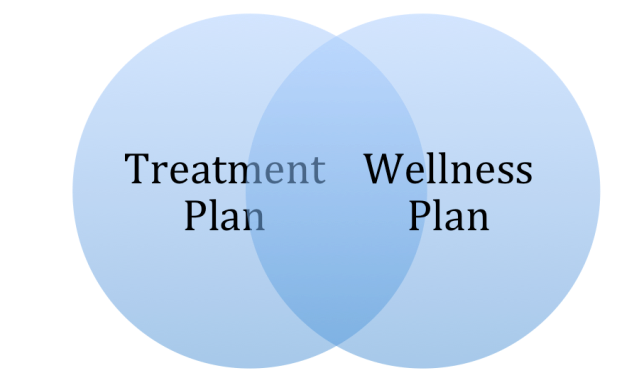
 When clients are operating on a Wellness Plan that they have truly helped co-create with their own buy-in, the opportunity for weaving in Areas of Focus, Goals and Action Steps that support what their treatment team wants to see becomes obvious. Clients then have the structure and support they need to carry out the goals of the Lifestyle Prescription.
When clients are operating on a Wellness Plan that they have truly helped co-create with their own buy-in, the opportunity for weaving in Areas of Focus, Goals and Action Steps that support what their treatment team wants to see becomes obvious. Clients then have the structure and support they need to carry out the goals of the Lifestyle Prescription.


 Research suggests that older people, including athletes, should increase their protein intake to 1.4 g to 1.6 g/kg per day, and up to 40 grams after hard exercise. Exercise physiologist Robert Murray, PhD,(
Research suggests that older people, including athletes, should increase their protein intake to 1.4 g to 1.6 g/kg per day, and up to 40 grams after hard exercise. Exercise physiologist Robert Murray, PhD,(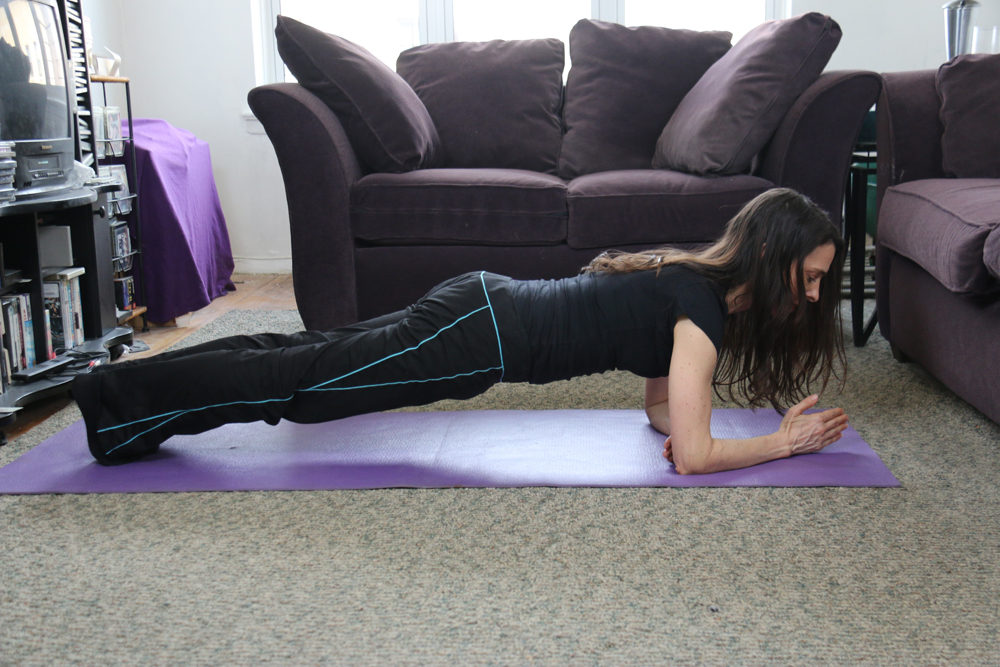
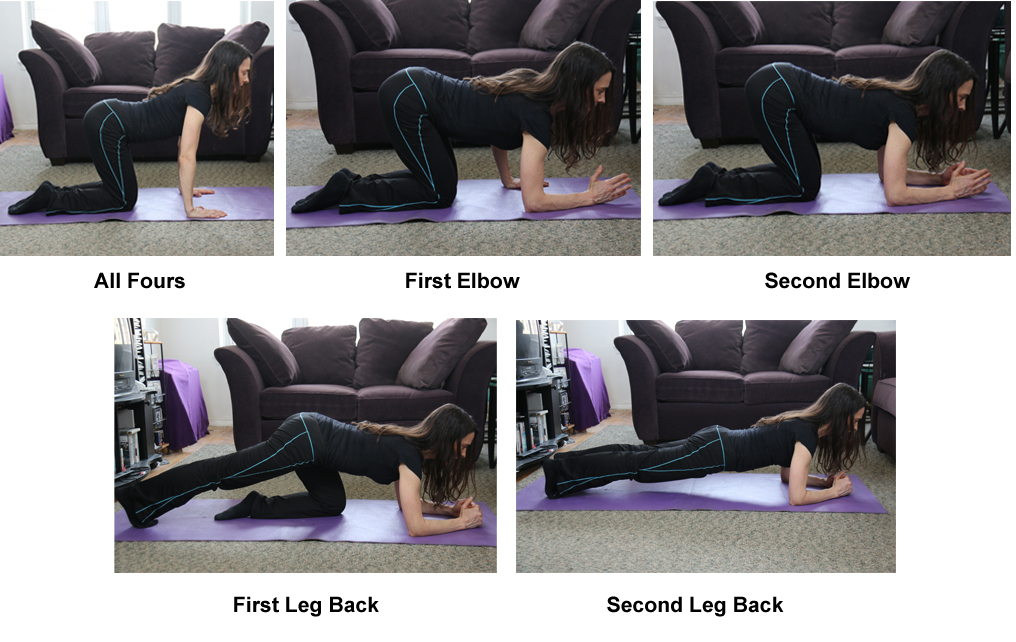

 I am one who believes that REAL change occurs from within ourselves first and that once we decide to accept this principle, our lives – and minds (and hearts) – can become clear of all the “baggage” we have been dragging around with us over the course of our lives. Self esteem issues, guilt, regret, resentment, and so much more can be released so that we can finally live the lives we always wanted. I know from personal experience how difficult it has been for me to arrive “at clarity” on this point and now that I have I can report that my life is beginning to finally “take off”! It only took me 38 years to get to this point of consciousness but can you do better? Absolutely! What I would like to propose to you is that it does NOT have to take this long for us to finally “take control” of our lives because we CAN take control of HOW WE THINK today!
I am one who believes that REAL change occurs from within ourselves first and that once we decide to accept this principle, our lives – and minds (and hearts) – can become clear of all the “baggage” we have been dragging around with us over the course of our lives. Self esteem issues, guilt, regret, resentment, and so much more can be released so that we can finally live the lives we always wanted. I know from personal experience how difficult it has been for me to arrive “at clarity” on this point and now that I have I can report that my life is beginning to finally “take off”! It only took me 38 years to get to this point of consciousness but can you do better? Absolutely! What I would like to propose to you is that it does NOT have to take this long for us to finally “take control” of our lives because we CAN take control of HOW WE THINK today! AFFIRMATION
AFFIRMATION I visualize my future and what I want to accomplish in that future so that I can DEFINE what I want to do – and be. I AM a speaker and a writer and I want to make a difference using these gifts so I am diligently preparing for my
I visualize my future and what I want to accomplish in that future so that I can DEFINE what I want to do – and be. I AM a speaker and a writer and I want to make a difference using these gifts so I am diligently preparing for my 
 Pressure put on us because of financial and professional expectations can be overwhelming, and the consequences of this work-related stress can have irreparable health effects. So, if you have vacation days, take them. They serve as the best way to improve your health by escaping the negative effects of overwork, even if it is only temporary.
Pressure put on us because of financial and professional expectations can be overwhelming, and the consequences of this work-related stress can have irreparable health effects. So, if you have vacation days, take them. They serve as the best way to improve your health by escaping the negative effects of overwork, even if it is only temporary.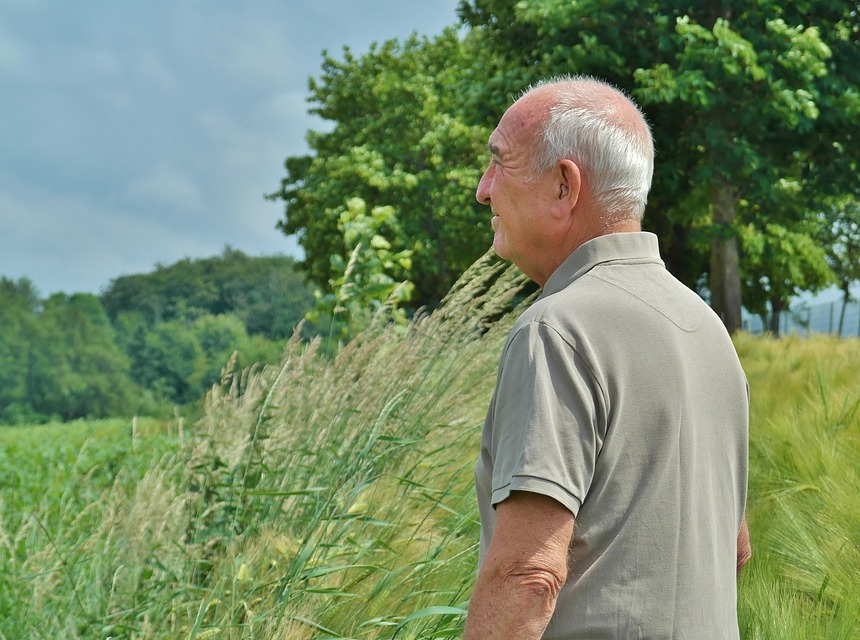
 People are living longer and, in some parts of the world, healthier lives. This represents one of the crowning achievements of the last century but also a significant challenge. Longer lives must be paid for. Societal aging may affect economic growth and many other issues, including the sustainability of families, the ability of states and communities to provide resources for older citizens, and international relations. The Global Burden of Disease, a study conducted by the World Health Organization and the World Bank, with partial support from the U.S. National Institute on Aging, predicts a very large increase in disability caused by increases in age-related chronic disease in all regions of the world. In a few decades, the loss of health and life worldwide will be greater from noncommunicable or chronic diseases (e.g., cardiovascular disease, dementia and Alzheimer’s disease, cancer, arthritis, and diabetes) than from infectious diseases, childhood diseases, and accidents.
People are living longer and, in some parts of the world, healthier lives. This represents one of the crowning achievements of the last century but also a significant challenge. Longer lives must be paid for. Societal aging may affect economic growth and many other issues, including the sustainability of families, the ability of states and communities to provide resources for older citizens, and international relations. The Global Burden of Disease, a study conducted by the World Health Organization and the World Bank, with partial support from the U.S. National Institute on Aging, predicts a very large increase in disability caused by increases in age-related chronic disease in all regions of the world. In a few decades, the loss of health and life worldwide will be greater from noncommunicable or chronic diseases (e.g., cardiovascular disease, dementia and Alzheimer’s disease, cancer, arthritis, and diabetes) than from infectious diseases, childhood diseases, and accidents. An important feature of population aging is the progressive aging of the older population itself. Over time, more older people survive to even more advanced ages. For research and policy purposes, it is useful to distinguish between the old and the oldest old, often defined as people age 85 and over. Because of chronic disease, the oldest old have the highest population levels of disability that require long-term care. They consume public resources disproportionately as well.
An important feature of population aging is the progressive aging of the older population itself. Over time, more older people survive to even more advanced ages. For research and policy purposes, it is useful to distinguish between the old and the oldest old, often defined as people age 85 and over. Because of chronic disease, the oldest old have the highest population levels of disability that require long-term care. They consume public resources disproportionately as well.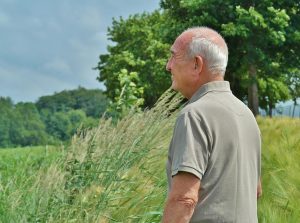 Using data from the United Nations, U.S. Census Bureau, and Statistical Office of the European Communities as well as regional surveys and scientific journals, the U.S. National Institute on Aging (NIA), with input from demographers, economists, and experts on aging, identified nine emerging trends in global aging. Together, these trends present a snapshot of challenges and opportunities that clearly show why population aging matters.
Using data from the United Nations, U.S. Census Bureau, and Statistical Office of the European Communities as well as regional surveys and scientific journals, the U.S. National Institute on Aging (NIA), with input from demographers, economists, and experts on aging, identified nine emerging trends in global aging. Together, these trends present a snapshot of challenges and opportunities that clearly show why population aging matters. The emphasis in gerontological research has begun to shift from lengthening life to increasing years of health. The new goal is to shorten the period of time that people live in an unhealthy, dependent state. If scientific advances allow us to live 15 or 20 years longer, and if these 15-20 years consist mainly of pain, suffering, and dependence on others, what have we accomplished?
The emphasis in gerontological research has begun to shift from lengthening life to increasing years of health. The new goal is to shorten the period of time that people live in an unhealthy, dependent state. If scientific advances allow us to live 15 or 20 years longer, and if these 15-20 years consist mainly of pain, suffering, and dependence on others, what have we accomplished?
 How did we become a society of illnesses, along with conditions such as cancer, heart disease, obesity, diabetes and so many other health concerns? According to statistics, the expenses related to health care are on the rise, with almost 4 trillion dollars in 2014. Along with various studies, the reason behind the illness is our body adapted to the environments years ago but has become dysfunctional in this newly created society. Scientists have also reflected on allergies continuing to be widespread and the process of food production has grown significantly along with an inactive lifestyle.
How did we become a society of illnesses, along with conditions such as cancer, heart disease, obesity, diabetes and so many other health concerns? According to statistics, the expenses related to health care are on the rise, with almost 4 trillion dollars in 2014. Along with various studies, the reason behind the illness is our body adapted to the environments years ago but has become dysfunctional in this newly created society. Scientists have also reflected on allergies continuing to be widespread and the process of food production has grown significantly along with an inactive lifestyle.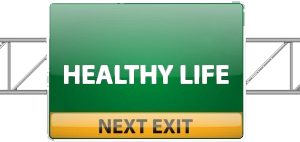 Kidney Disease: 9th largest cause of death for both men and women. Keep your blood sugar in balance to prevent this, which can be influenced by high blood pressure or diabetes. Kidney injuries can be driven by dehydration, loss of blood, kidney infections, and urine flow blockage. After three consecutive months of kidney function loss, it’s concluded as chronic kidney disease. The symptoms can be nausea, appetite loss, tightening of muscles, and urine volume reduction. Prevention options are hydration, maintaining weight, reducing protein and cutting out salt.
Kidney Disease: 9th largest cause of death for both men and women. Keep your blood sugar in balance to prevent this, which can be influenced by high blood pressure or diabetes. Kidney injuries can be driven by dehydration, loss of blood, kidney infections, and urine flow blockage. After three consecutive months of kidney function loss, it’s concluded as chronic kidney disease. The symptoms can be nausea, appetite loss, tightening of muscles, and urine volume reduction. Prevention options are hydration, maintaining weight, reducing protein and cutting out salt.